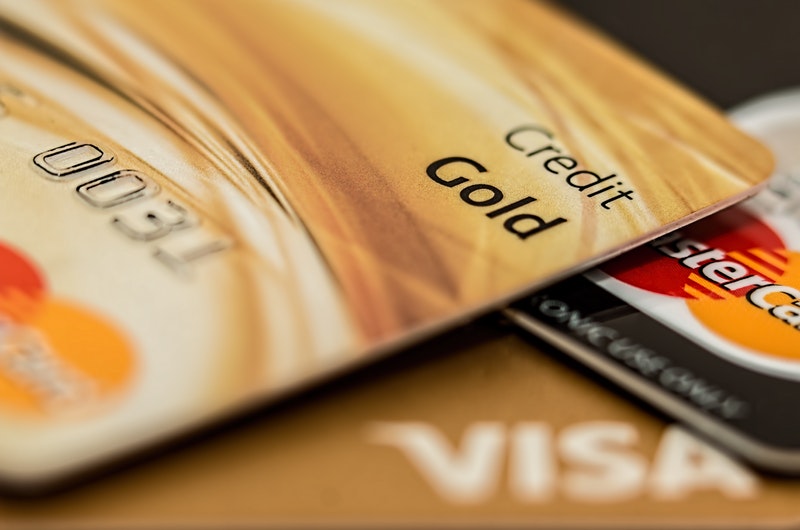The Advantages of Opening a Checking Account
It is difficult to financially operate in today’s modern society without having a checking account in your name. If you have a job or receive any type of income, then it is only natural to want to put your money in a place where it is both secure and accessible.

Essentially, a checking account is just that -- a secure place to hold your money. But unlike a savings account, which secures your money as well, a checking account is more flexible. One of the advantages of a checking account is the ability to easily access your funds via debit card. This means you can conveniently make purchases at brick and mortar retail locations as well as online.
Maybe you are just starting to map out your financial future. Or maybe you want to learn more about the process of opening a checking account. Even if you are looking for tips and info on how to avoid checking account fees and how to find the best rates, then read on for more info.
The Advantages of Having a Checking Account:
As it is a transactional account, a checking account allows you to deposit and withdraw the funds in your account more easily. This can be done in one of several ways including via:- Debit card. Use this card issued by your bank to make purchases at retail locations and utilize ATMs. The funds are debited directly from your checking account.
- ATM. Use your debit card to deposit checks or cash and to withdraw cash from your checking account.
- Direct deposit. You can get funds directly deposited into your account electronically, such as from your paycheck from your employer. This means you can avoid that dreaded trip to a bank branch or check cashing store.
- Check. Checks are not yet obsolete, though debit cards and cash apps have replaced them in many everyday transactions. Despite this, traditional banks will likely provide you with a book of checks when you open your checking account. Use checks to pay individuals or companies, such as your landlord.
How to Open a Checking Account
To access the advantages of checking account proprietorship, you must first ensure that you qualify for one. Luckily, the requirements for opening a checking account are straightforward. Traditional checking accounts will require that you appear in person at a banking branch and present proof of your identity, legal status and residence. Expect to bring the following types of documents:
- Photo identification
- Proof of Social Security Number
- Proof of residential address (such as a utility bill in your name)
Upon signing up for a new account with a bank, you may need to provide a minimum deposit amount, which can range from $25 to a couple of hundred dollars depending on the type of checking account.
Online checking accounts follow a similar route, though instead of having to appear in person, you would need to scan a copy of your photo identification and upload it to the bank’s site.
How to Keep a Checking Account in Good Standing
As a checking account holder, you may be responsible for adhering to certain requirements to keep your checking account open or in good standing.
Firstly, you would need to keep a minimum deposit as required by your banking institution. In lieu of this, your bank may require that you pay a monthly maintenance fee in order to keep your account open.
However, not all types of checking accounts require this. Many times, college students just starting out in their financial journey may obtain a checking account without having to meet any of the above requirements.
Checking Account Rates:
What is not considered an advantage of a checking account is that it generally does not yield very high-interest rates—if any at all. Traditional banks such as Chase Bank and TD Bank may offer interest rates of .00 to .01%. You certainly won’t get rich from keeping all your money in a checking account. That is why it is important to diversify your financial portfolio and to spread available funds between various accounts such as high-yield savings accounts and investment accounts.That being said, there are high yield checking accounts out there. However, the institutions that offer interest rates above a percentage point operate exclusively online. You would need to visit the bank’s website to create a login before setting up your account.
To get started, you would need to provide the same type of documentation required by traditional banks. In addition, you would need to provide routing or debit card information from another account in order to satisfy any initial deposit requirements.



